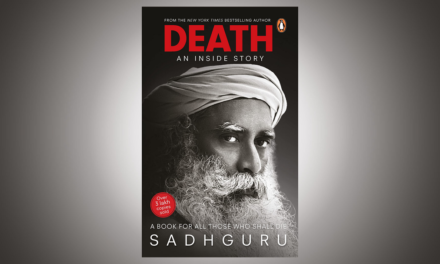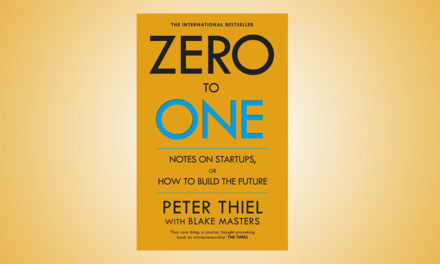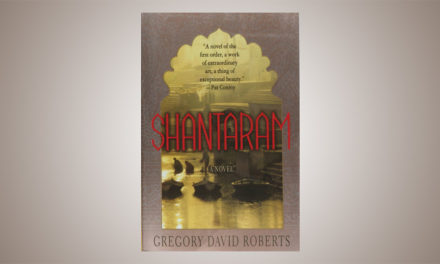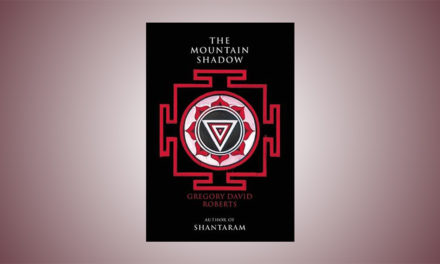“Hope is a good thing, maybe the best of things, and no good thing ever dies.” ~The Shawshank Redemption
~Frank Darabont
I will be honest here I did not know who SYD FIELD is or how credible his teachings are. Never came across the name ever before, according to the various praises on the rear cover of his book, it does illumine his profession and achievements.
Producer, lecturer, teacher, and best-selling author. It says, his books have helped launch many successful careers in the film business. From novice to experienced, all of them have derived something of value from his teachings and insight and therefore were able to hone their skills better.
I will be reviewing here: Screenplay the foundations of screenwriting – A step-by-step guide from concept to finished script. Newly revised and updated version.
This book is primarily for filmmakers. Even more specific, writers.
The book covers various topics about the screenwriting process, the establishment of the shot, technicalities of the scriptwriting process, how to build a character, building a scene, and so on.
The author primarily tells you, that you should grab the reader’s attention from page one and word one. Such is the level of sharp and clear writing which mesmerizes the audience and pulls them into the story.
Every dialogue should push the story forward, every movement should convey some information, and cinema being a visual medium, every action/reaction and movement should convey some information either about the character, about the incident, or for the story as a whole.
If any of your lines or scene is built extraordinarily and you love it but it does not move the story forward in any way or has very little information to convey, then you should omit those lines for the best.
That’s bloated writing and that’s precious screen time wasted. People will be viewing your work for about 2 to 3 hours at best and whatever you want to say, you have to deliver it clearly and concisely in that much time, if you give too much unnecessary information you will confuse and distract the viewer from focusing on the main motive of your film, if given too little then there is no meaning, there’s a balance which you must find for your own style of writing.
This simple line “Grabbing the reader’s attention from page one and word one.” Has such urgency and sharpness, that you know instinctively, that the viewer should get a feel for the movie from word one, pulled into your vision from scene one, whatever the viewer just saw was important, good paced and therefore needs to be attentive if the viewer wants to enjoy the movie.
What more do you learn from this book?
The book studies various scenes and dialogues from some of the best movies of the past and helps you understand how the writer made decisions about it.
After finishing a script, how you should proceed to edit it, marketing it, getting an agent, and honing your craft over the course of time.
This book is also very interestingly written, you get to know about some of the histories of Hollywood, how the business works, how people collaborate, how two people can write the same script and yet be never present in the same room.
The opening quote of this blog post, basically conveys the tone of this book for me, hope for filmmakers who want to make it in the business, a ray of hope for anyone who wants to write something mesmerizing, a boost of motivation for every writer, to get down writing earnestly and finish that first or the 100th script once and for all.
A beautiful conversation about film-making, life as a filmmaker, and storytelling in general. The Author succeeds at romanticizing storytelling and how beautiful of a world it is. The moment you finish reading this book, you already will be wanting to write and create something exceptional once and for all.
All the information in this book is delivered in a friendly and conversational tone, you will feel like you are speaking with a friend of yours about the craft of writing and he’s got some interesting stuff to share.
Finally, who should read this book?
1. Anyone who wants to make films.
2. Anyone who wants to learn scriptwriting.
3. Anyone who wants to get some really useful tips on writing.
4. Anyone who wants to write clearly and concisely.
5. Finally anyone who wants to know a little more about the world of films and its important part, “writing”.
Basically, a movie buff will love to go through it and understand this medium of entertainment deeply, to appreciate and enjoy it better.
Readers from India can purchase this book by clicking here.
Others can try clicking on one of the Euro stores and see if you land on your local Amazon store to purchase.
Conclusion
I have found this book very useful, it triggered quite a fantastic thought process in my mind and what were abstract ideas earlier, got a definite form to them later.
I have not had a film education and therefore I was quite unaware of the technical aspects of a script, this book very accurately cleared all the basics about it and at the end has a rich glossary of various technical terms.
This book also guides you on how to adapt a play or a book in the form of a screenplay. All three being a medium of telling stories but very different in application, one has a single point of perspective, one has a huge scape of words to let the story blossom into the readers mind and the other a screenplay is very multi-dimensional in nature but has a very limited time to deliver. So having some guidelines about it is a cool thing.
I recommend reading this book for would be filmmakers and also Youtubers who would love to script their videos better, it’s a great primer.
Now for any further discussion you can summon me in the comments section anytime you want, so see you there.









True, a nice book. My seniors gifted me this book when they found that I was scribbling incidents in a structure less manner. This book introduces to a paradigm and its a great insight.
What do you mean by incidents? are you are a screenwriter?